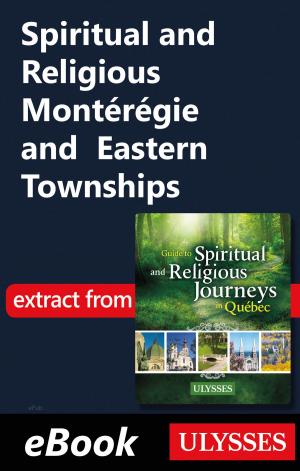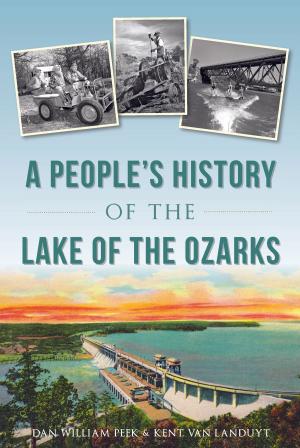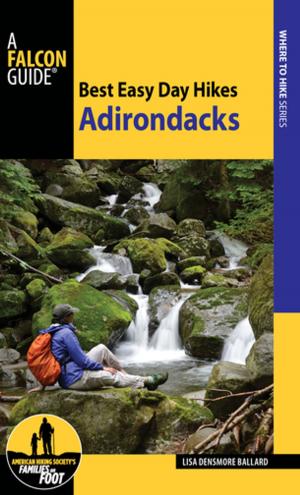Homeland of the Buddha: A guide to the Buddhist holy places of India and Nepal
Nonfiction, Religion & Spirituality, Eastern Religions, Buddhism, Travel| Author: | John Tosan McKinnon | ISBN: | 9780994113139 |
| Publisher: | Footprints Tours Ltd | Publication: | May 20, 2015 |
| Imprint: | Footprints Tours Ltd | Language: | English |
| Author: | John Tosan McKinnon |
| ISBN: | 9780994113139 |
| Publisher: | Footprints Tours Ltd |
| Publication: | May 20, 2015 |
| Imprint: | Footprints Tours Ltd |
| Language: | English |
Places where the Buddha lived and taught two and a half thousand years ago are now sites of pilgrimage. Homeland of the Buddha is a book for those who have an interest in Buddhism and who aspire to visit these places. Each chapter narrates the history of that site, its significance within Buddhism, how it was discovered in modern times, and suggests how each location may be visited. Homeland paints a picture of life on the Ganges plain during the Buddha's time. The Buddha is presented as a human being who was subject, as all humans, to the difficulties of being alive, and of dying. That he became an exceptional human being, who became enlightened, is a hope for all humankind. At the time of the Buddha, the Gangetic plain was a region of intense religious activity and political change. The son of a minor royal family, he married and had a son. At the age of twenty-nine he rejected that life of comfort for one of religious exploration. For six years he practiced extreme austerities, seeking religious transcendence by punishing his body. Self-denial brought no relief, so at Bodhgaya he sat under a tree with the resolve to either die there, or to become enlightened. He did attain enlightenment and was profoundly changed, becoming 'The Awakened One' - the Buddha. For the next forty five years he taught his 'middle way' of self-transformation to kings and paupers. Dying at the age of eighty, his message continued to change the world. Places of importance to the Buddha are now pilgrimage sites for thousands. The author has visited the holy Buddhist places many times since the 1960s and, for more than twenty years, has been a practitioner of Zen Buddhism. As a young man, he lived in the Mount Everest region of Nepal as its first doctor. Since then he has been continuously involved with Sir Edmund Hillary's development work in that country. Homeland of the Buddha brings this lifetime experience into focus as a practical, informative guide to the major Buddhist sites of India and Nepal.
Places where the Buddha lived and taught two and a half thousand years ago are now sites of pilgrimage. Homeland of the Buddha is a book for those who have an interest in Buddhism and who aspire to visit these places. Each chapter narrates the history of that site, its significance within Buddhism, how it was discovered in modern times, and suggests how each location may be visited. Homeland paints a picture of life on the Ganges plain during the Buddha's time. The Buddha is presented as a human being who was subject, as all humans, to the difficulties of being alive, and of dying. That he became an exceptional human being, who became enlightened, is a hope for all humankind. At the time of the Buddha, the Gangetic plain was a region of intense religious activity and political change. The son of a minor royal family, he married and had a son. At the age of twenty-nine he rejected that life of comfort for one of religious exploration. For six years he practiced extreme austerities, seeking religious transcendence by punishing his body. Self-denial brought no relief, so at Bodhgaya he sat under a tree with the resolve to either die there, or to become enlightened. He did attain enlightenment and was profoundly changed, becoming 'The Awakened One' - the Buddha. For the next forty five years he taught his 'middle way' of self-transformation to kings and paupers. Dying at the age of eighty, his message continued to change the world. Places of importance to the Buddha are now pilgrimage sites for thousands. The author has visited the holy Buddhist places many times since the 1960s and, for more than twenty years, has been a practitioner of Zen Buddhism. As a young man, he lived in the Mount Everest region of Nepal as its first doctor. Since then he has been continuously involved with Sir Edmund Hillary's development work in that country. Homeland of the Buddha brings this lifetime experience into focus as a practical, informative guide to the major Buddhist sites of India and Nepal.















